Author: Mrs A
Location: Winton, Queensland
Throughout the 1800s dinosaur bones were discovered in every continent all bar Australasia. It was not until 1904 that the first bone was discovered here, a jawbone down in the Otways in Victoria. Since that first find, very little has been found elsewhere in Australia until 1999.
A sheep farmer near Winton was out rounding up his sheep when he came across a huge bone – much larger than anything likely to be on his land. He photographed it, sent the picture to the Queensland Museum of Natural History and received confirmation it was a thigh bone from a dinosaur not ever seen before on this continent.
And so started a lot of digging. In 2002 funding was found and land donated to open a palaeontology laboratory just outside of Winton to handle the huge volume of fossils revealed here. It was this lab, display theatre and visitors centre at the Australian Age of Dinosaurs that we visited today.
The centre is sat high up on top of a hill, overlooking the flood plains below with fabulous views. One of us (me) is more enthusiastic about this type of thing than the other, so we compromised and did a short visit, encompassing a trip to the working laboratory to see technicians working on the fossils, and some of the smaller fossils found, and then to the theatre to see a film about where many of the fossils were found, and the two most complete dinosaur skeletons in their collection. We missed out a longer trip which visited a collection of bronze models of how the dinosaurs may have looked, down on the flood plain.
One of us (me) is more enthusiastic about this type of thing than the other, so we compromised and did a short visit, encompassing a trip to the working laboratory to see technicians working on the fossils, and some of the smaller fossils found, and then to the theatre to see a film about where many of the fossils were found, and the two most complete dinosaur skeletons in their collection. We missed out a longer trip which visited a collection of bronze models of how the dinosaurs may have looked, down on the flood plain.
The creatures lived here in a time when the inland sea was receding and the land was full of coastal waterholes surrounded by 100 metre high pine trees, ferns and cycads. As we walked into the lab, we passed a huge petrified pine tree branch, the length of most trees we see today.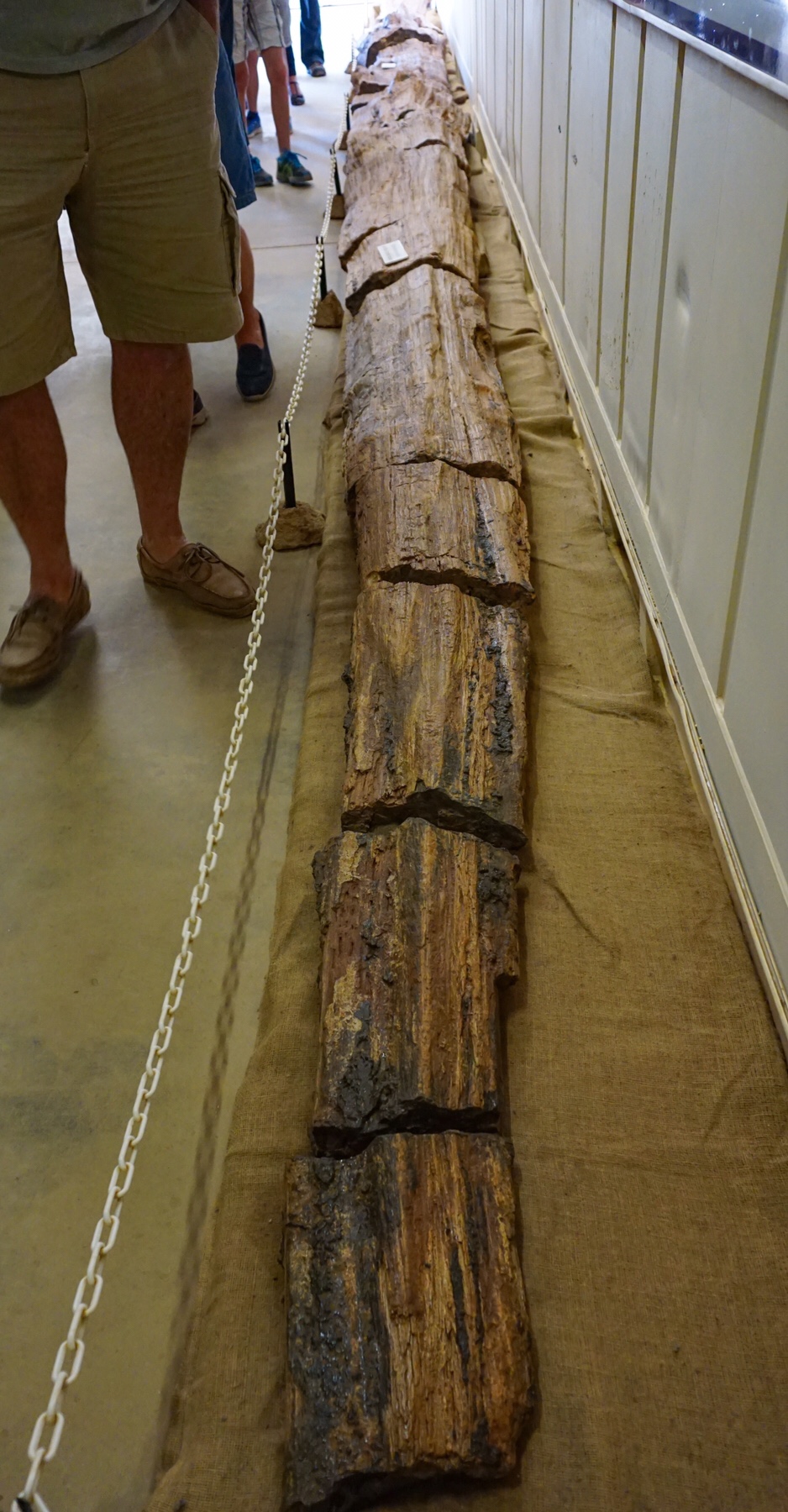 Although it was dated at 150 million years old, it was hard not to believe it was just a sawn up log lying there!
Although it was dated at 150 million years old, it was hard not to believe it was just a sawn up log lying there!
In cabinets, there were shells, crabs, pine cones and leaves – often the first known evidence of species still in existence today. Some of the timescales being displayed were way out of reach – 190 million years ago for the plants…830 million years ago for the stromatolite…and even a meteorite dated back 4.5 billion years ago to around the time of the birth of the solar system.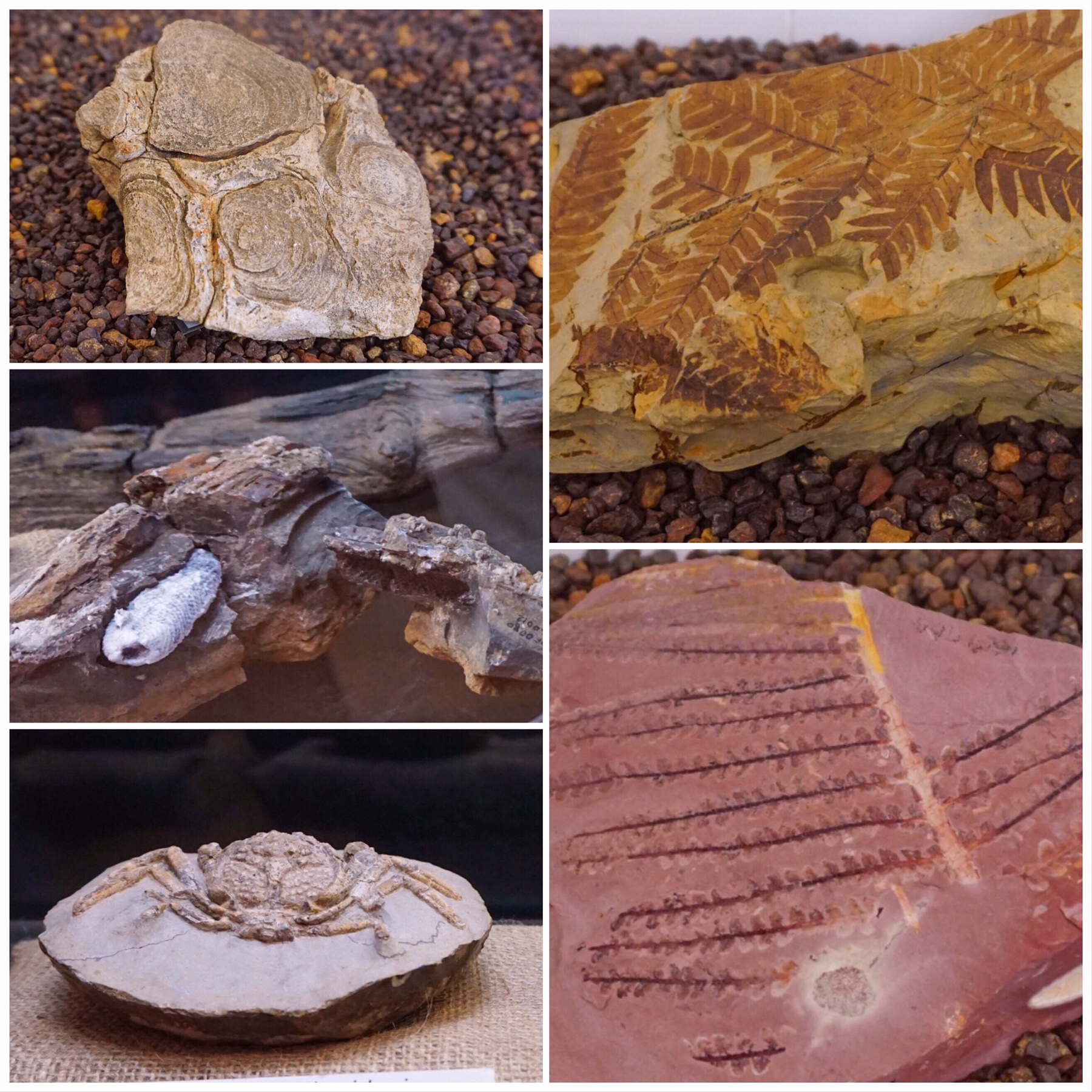
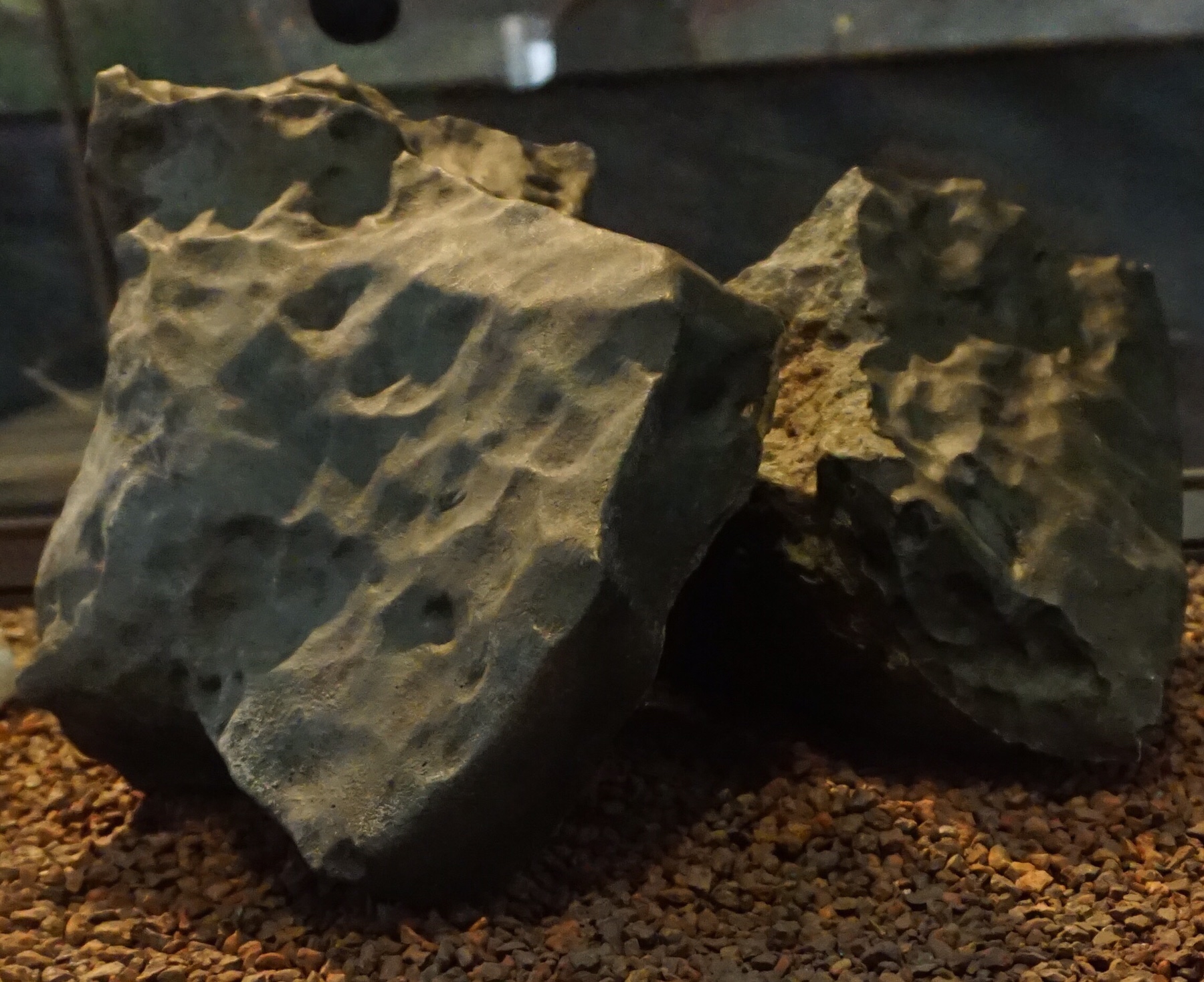 We watched the painstaking patient work of the technicians removing the soil from the fossils. It takes literally years to reveal a fossil, and there is a 10 year backlog of work in the laboratory. You can volunteer to be a part of the team – there is a training course and exam, and once you are approved you can come along and join in whenever you would like. Patience and attention to detail an absolute must.
We watched the painstaking patient work of the technicians removing the soil from the fossils. It takes literally years to reveal a fossil, and there is a 10 year backlog of work in the laboratory. You can volunteer to be a part of the team – there is a training course and exam, and once you are approved you can come along and join in whenever you would like. Patience and attention to detail an absolute must.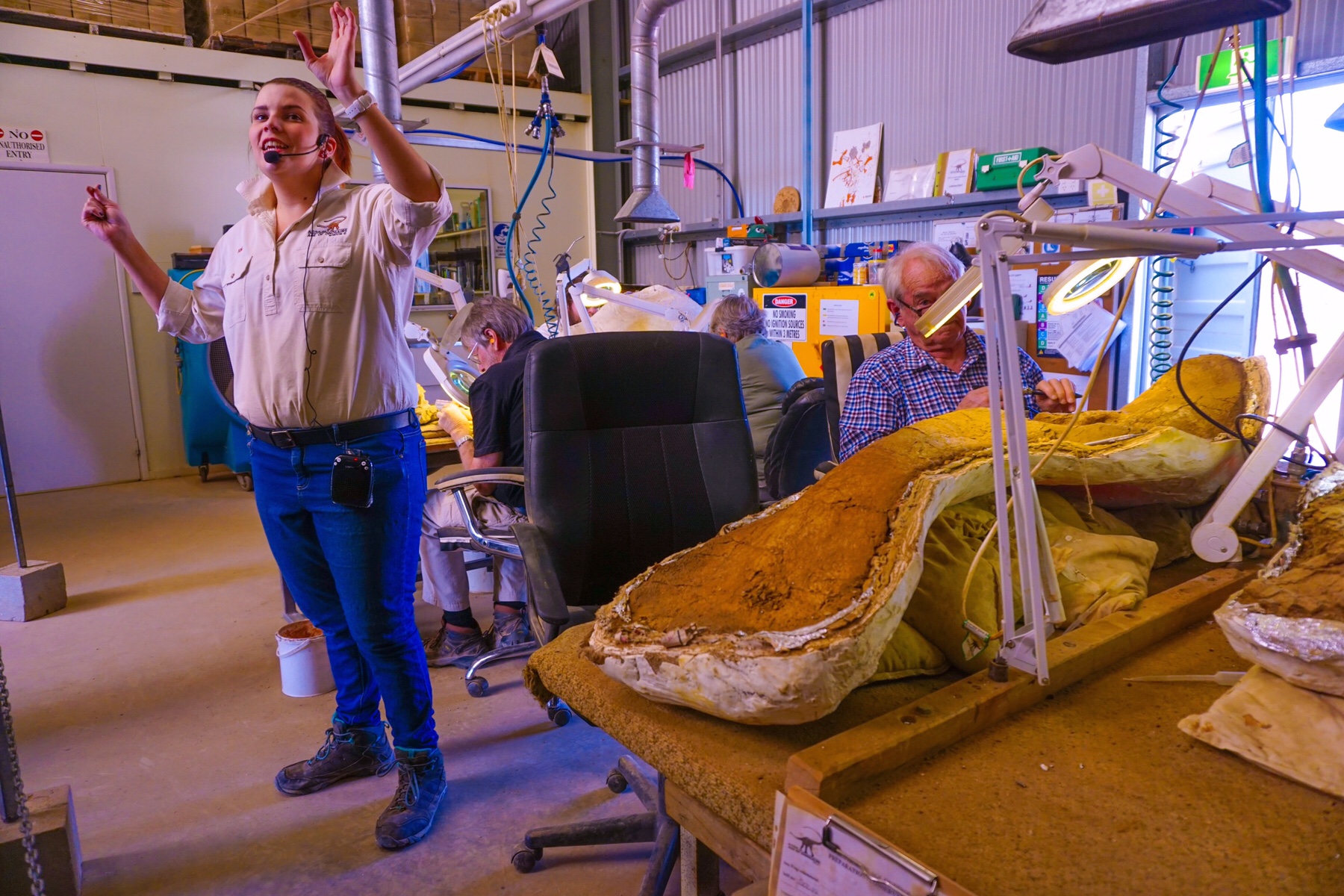 The final part of our tour took us to the theatre where we were shown the fossils recovered from a single site, revealing two completely different species of dinosaur – a carnivore and a herbivore.
The final part of our tour took us to the theatre where we were shown the fossils recovered from a single site, revealing two completely different species of dinosaur – a carnivore and a herbivore.
The theory is, an elderly herbivore came to the waterhole to drink but became bogged in the mud. Unable to escape, it drew the attention of the carnivore, which attempted to attack. The herbivore managed to kill the carnivore but still remained stuck and died itself. Nice story and associated animation. It’s a bit like trying to solve a murder which occurred 150 million years ago!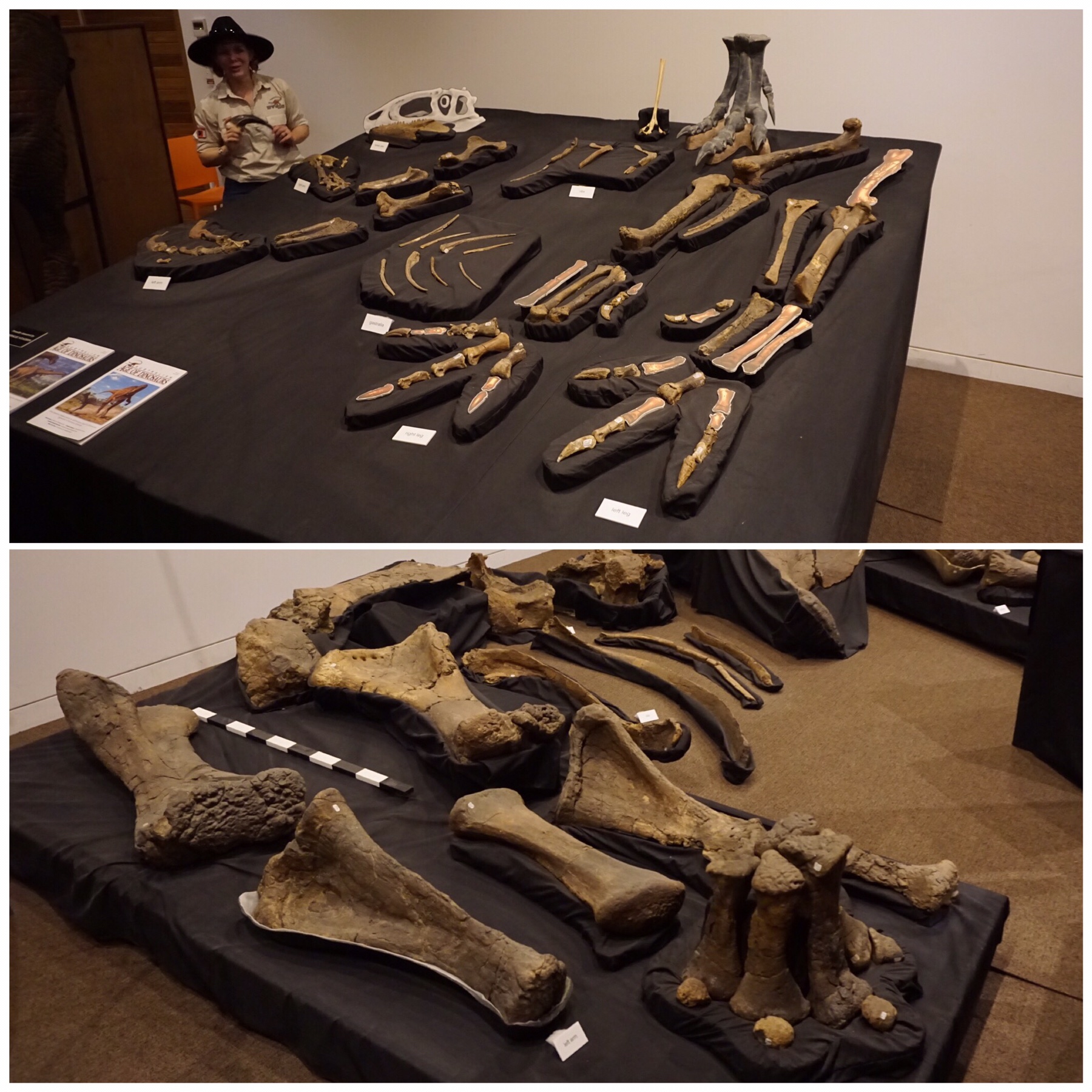 Still it was interesting (for me) and so great there are people with such incredible passion in the world to ensure such things are pursued.
Still it was interesting (for me) and so great there are people with such incredible passion in the world to ensure such things are pursued.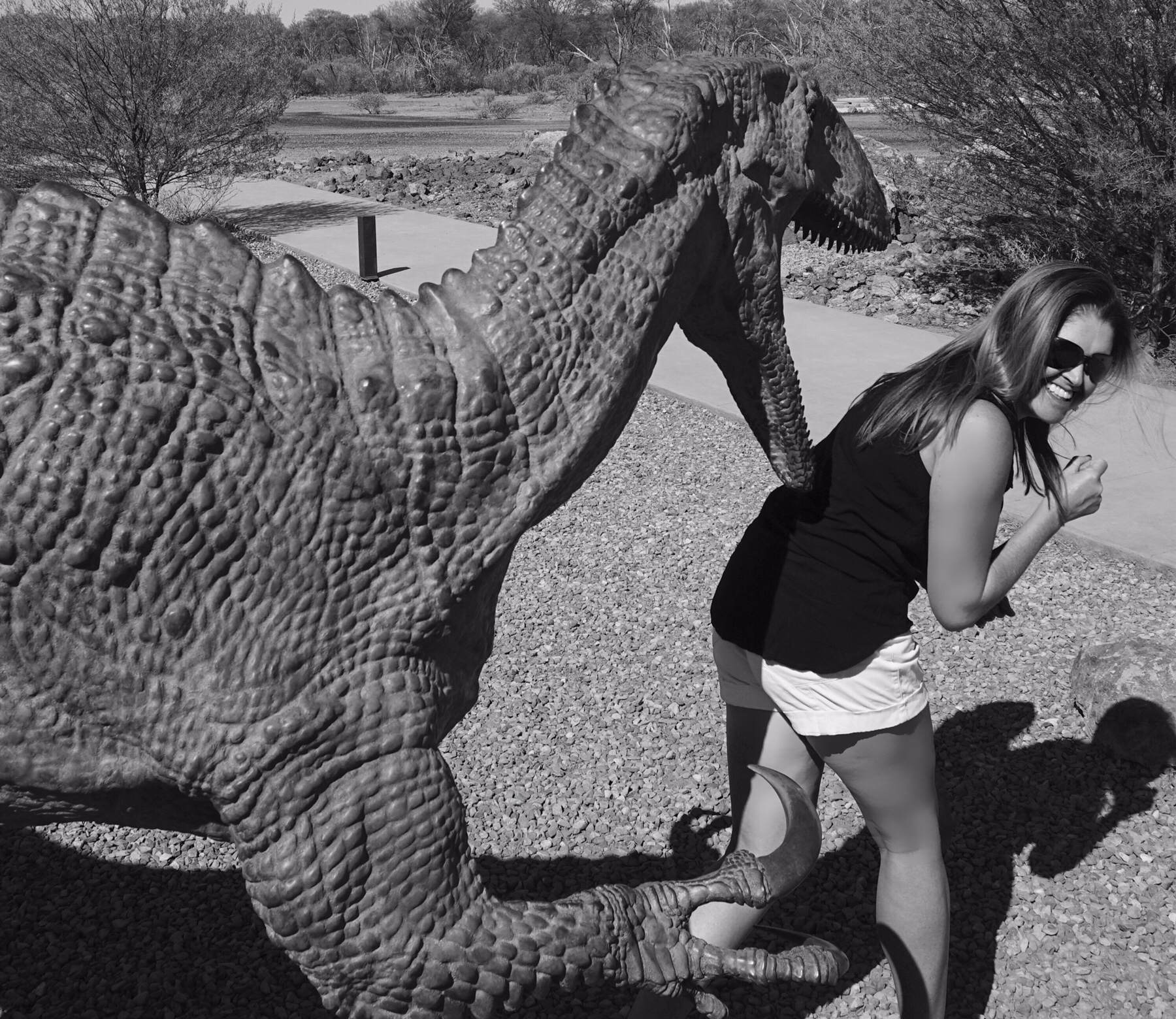 We spent the remainder of the afternoon doing some trip planning, gave a tour of our Zone to some potential future Zoners, and finished off our day back at the local pub for a fine feed.
We spent the remainder of the afternoon doing some trip planning, gave a tour of our Zone to some potential future Zoners, and finished off our day back at the local pub for a fine feed.
On to adventures new tomorrow.
